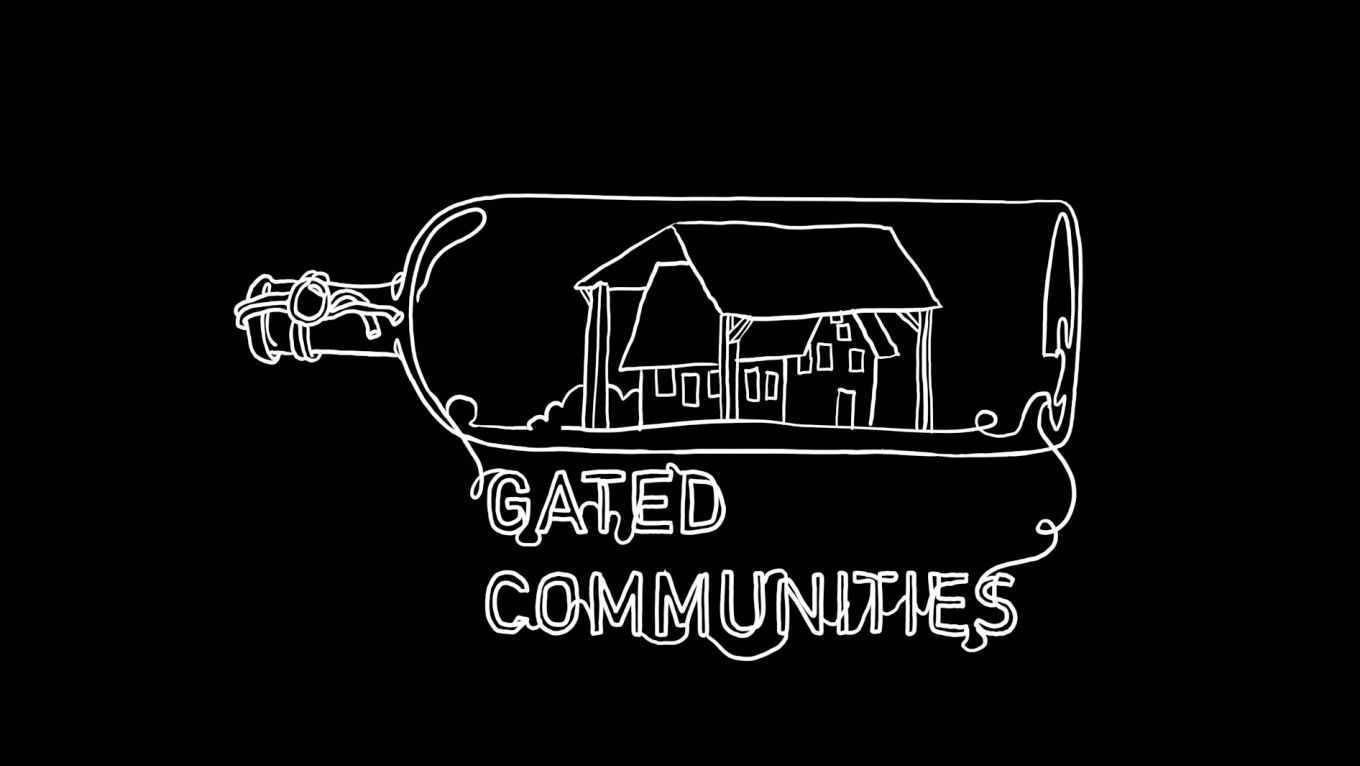Science
REXUS/BEXUS - Rocket and Balloon Experiments for University Students
How to bring student experiments into space.
December 27, 2015
12:45 PM – 1:45 PM Add to calendar
12:45 PM – 1:45 PM Add to calendar
Hall 6
The REXUS/BEXUS programme allows students from universities and higher education colleges across Europe to carry out scientific and technological experiments on research rockets and balloons. Each year, two rockets and two balloons are launched, carrying up to 20 experiments designed and built by student teams.
By reference of two experiments we were involved in, we will explain the way from the experiment idea to the launch and test of it.
Bringing an experiment into space aboard a sounding rocket or into the higher atmosphere aboard a balloon is not as hard as one might think. Students from Europe can simply write a proposal and apply for the REXUS/BEXUS programme, which is realised by an agreement between the German and Swedish space agencies, DLR (German: Deutsches Zentrum für Luft- und Raumfahrt) and SNSB (Swedish National Space Board, Swedish: Rymdstyrelsen). The Swedish share is furthermore accessible to teams from other European countries through ESA.
For REXUS, two sounding rockets are launched from northern Sweden every year, each one capable of carrying up to 5 experiments (max. experiment payload mass approx. 40kg) to an altitude of 80-90km. The experiments have to be engineered to withstand at least 20g of acceleration during ascent and descent, and experience milli-gravity when close to the apogee. In addition, the space specific thermal and vacuum environment need to be considered. Since the altitude is too low for reaching an orbit, the rocket motor and payload falls back to ground and is recovered by helicopters. The experiments are then returned to the student teams and the data from the 10min flight can be analysed, for instance, atmospheric measurements or technology demonstrators.
Similarly for BEXUS, two balloons per year are launched from the same location in Sweden and allow for carrying up to 12 experiments (max. 100kg). The balloon lifts the gondola with inside experiments to an altitude between 25-30km. After some hours of floating, the balloon is separated and the gondola descents on a parachute. The payload is then recovered by a helicopter and returned to the launch site by truck.
During the talk we will present two experiments which we were involved in:
- Fiber Optical Vibration Sensing Experiment launched on RX15 in May 2014, and
- Advanced Receiver Concepts for ADS-B Experiment launched on BX18 in October 2014
Beside this, we will explain, how other interested students can participate in the next REXUS/BEXUS cycle.
Additional information
| Type | lecture |
|---|---|
| Language | English |
More sessions
| 12/27/15 |
What does the fact that Tor users can’t edit wikipedia mean for the quality of the ``encyclopedia that anyone can edit?’’ How do captchas and blocking of anonymity services affect the experiences of Tor users when they are trying to contribute content? This talk will discuss the increasing limitations of active participation in the anonymous Internet and the findings of our interview study of Tor users and wikipedia editors concerning these issues. We believe that by understanding the ...
|
| 12/27/15 |
Several years ago, the Great Firewall of China was silently upgraded to find and block circumvention servers that employ encryption to defeat deep packet inspection. The system is now used to block protocols such as Tor, SoftEther, and SSH. In this talk, we will give an overview of how this system works, and how it can be circumvented.
|
| 12/27/15 |
Light of astronomical objects gets distorted as it passes earth’s atmosphere. Adaptive optics can correct this distortion and create images that are as sharp as those taken in space. The correction needs a bright reference star. If there is no such star nearby, an artificial Laser Guide Star can be created in the upper atmosphere.
|
| 12/28/15 |
In my talk I am 1) discussing philosophical concepts of privacy, especially Hannah Arendt's philosophy. I am 2) explaining why in a liberal-democratic system we need to protect our privacy and 3) what we can morally do to prevent catastrophes such as a totalitarian system from happening again. With Hannah Arendt's arguments and her analysis of totalitarian systems in mind, I am referring to three examples from today's privacy discussions: cybermobbing, Behavioral Advertising and secret services.
|
| 12/28/15 |
We develop a tool to verify Linux netfilter/iptables firewalls rulesets. Then, we verify the verification tool itself. Warning: involves math! This talk is also an introduction to interactive theorem proving and programming in Isabelle/HOL. We strongly suggest that audience members have some familiarity with functional programming. A strong mathematical background is NOT required. TL;DR: Math is cool again, we now have the tools for "executable math". Also: iptables!
|
| 12/28/15 |
In this presentation I will present the experimental language Ling. We shall get an intuitive understanding of the language through familiar concepts from imperative programming. We shall cover how Ling enables a modular and precise control on memory allocation, through a general optimization called fusion. This optimization, fusion is a cost-free abstraction mechanism which brings high level programming to system programming.
|
| 12/28/15 |
I will entertain the audience with a science talk about quantum cryptography, covering both some classics (Quantum Key Distribution) and the latest developments (position-based quantum cryptography) in this fascinating research field. [No previous knowledge of quantum mechanics is required to follow the talk.]
|

